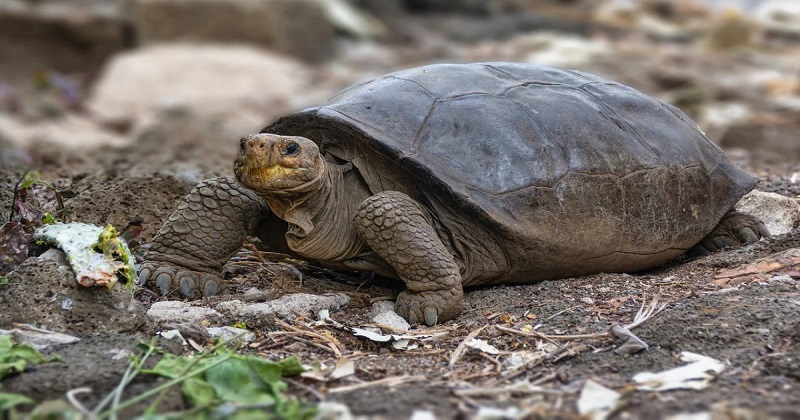
Galapagos National Park said that scientists have revealed a type of giant tortoise which is seen on one of Ecuador’s Galapagos Islands is not from the species previously considered to be present. The park stated in a statement late Thursday that research showed that the giant tortoises dwelling on San Cristobal island, formerly known as Chelonoidis chathamensis are genetically related to a distinct species.
‘The scientists concluded that nearly 8,000 tortoises which exist today on San Cristobal are not Chelonoidis chathamensis but correspond to a completely new lineage that has not yet been described’, the park said.
In a study done by Newcastle University, Yale University, and the Galapagos Conservancy, the finding was achieved through a genetic comparison of the creatures with a sample from an already recognised species. According to the statement, the lineage formerly assumed to correspond to the San Cristobal tortoises may have belonged to an extinct species that coexisted with the surviving one.
Also Read: Aishwaryaa Rajinikanth meets Raghava Lawrencce at hospital, shares pic
‘The team of investigators is recovering more DNA from the species thought to be extinct to clarify the state of the tortoises and determine how these two species (the living and the extinct) relate. For them, the name Chelonoidis chathamensis should be assigned to the disappeared species and the living taxon should receive a new name’, the statement said.
In 1995, scientists began investigating the genetics of surviving Galapagos tortoises, and four years later, they began studying samples from extinct species. The Galapagos Islands are home to a huge variety of flamingos, albatross, and cormorants, and its immense biodiversity inspired Charles Darwin’s theory of evolution. Ecuador has added 60,000 square kilometres (23,166 square miles) to the marine reserve that surrounds the islands.

Post Your Comments